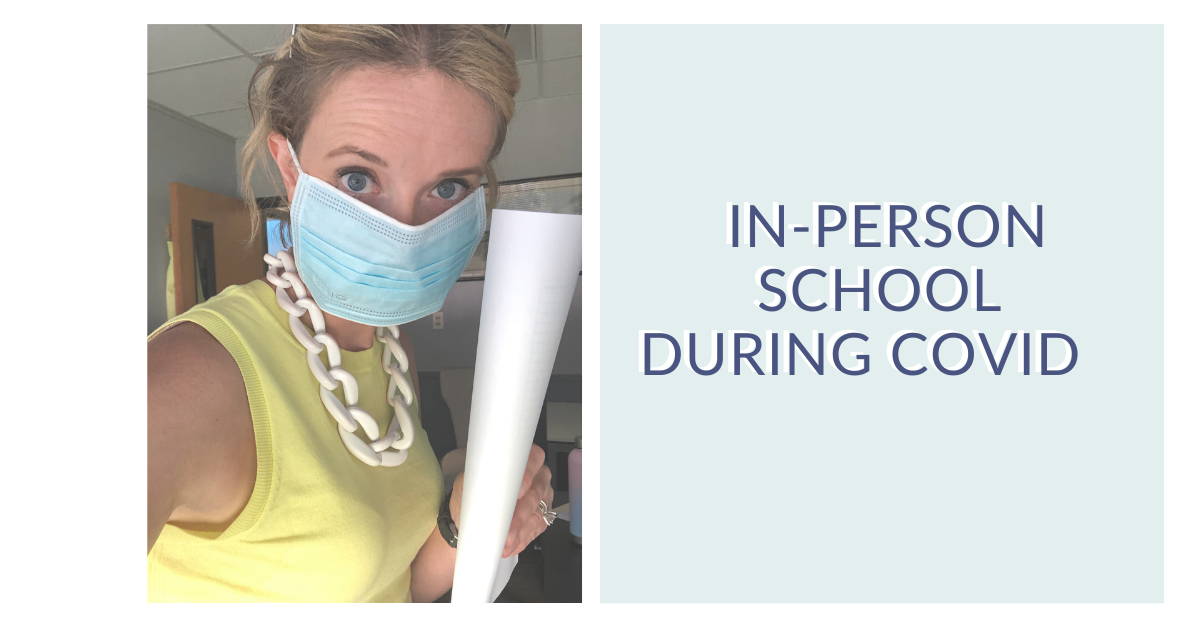Shared Leadership: What to Do When Teaching Staff Won’t Stay in Their Lane
When teachers want to lead and take on projects in the school building, amazing things can occur and the building can thrive. But there is a difference between healthy shared leadership in an organization and too many people trying to be in charge of the decision making process.
It can be easy to start on the defense when a teacher is consistently questioning your decisions or trying to cut you, as the principal, out of the process.
If this is your current reality and building culture, we have some ideas for you on how to make the shift from staff members trying to undermine your authority to true shared leadership.
#1: Reframe Your Own Mindset and Check Your Systems
It is a sign of strong relationship building if you have staff that consistently feels safe to share their opinions with you on your decision making. Not only is that instant feedback for you, but it’s also a sign you’ve started to build a healthy culture. There just needs to be a bit more intentionality with the opinions in order to turn the words to action.
First, make sure there are clearly established roles in your building. Spend some time discussing the ways staff members can have voice in decision making through teams/committees, but also how you as the leader have to make some decisions independently.
Next, be sure you try to bring visibility to your decision making process. Staff should be able to quote your ‘best hits’ in terms of your values and beliefs and see how the decisions you make connect to those. It’s important staff members hear how you reflect through challenging decisions so they know the why behind your leadership.
#2: Use Teams to Harness the Good
Purposeful teams or committees in a building can truly transform shared leadership. Teams should be established around school improvement goals with academics / instruction, behavior, community and culture and safety. The teams should be representative of all staff members and stakeholders and should be intentional in order to be productive. These teams can provide feedback for decision-making and are a great way for staff to have voice on planning and reflection.
Establishing teams and who leads each of those teams should be incredibly intentional. There must also be ongoing professional development for the team leaders, as someone being a good teacher doesn’t always mean they are a natural leader. Build them up in order to be a guide for their colleagues. We’ve recorded previous podcasts on teams (found here for you!) and it’s an important topic for building leaders to grow shared leadership. This takes YEARS to develop
#3: Set Ground Rules for Sharing Feedback
If receiving personal feedback is hard, we get it, but so sorry, that’s the job. It is okay, however, to prep staff members for the best ways they can share their opinions on your leadership with you. Encourage staff ahead of time to ask questions when they don’t understand a decision you’ve made. We would all much rather they come to talk to us instead of complaining to all of their coworkers in private.
During professional development or brainstorming sessions, you want to make sure team norms are established that encourage professional discourse but also create unity once a decision is made.
#4: Don’t Change Everything Because of One Person’s Opinion
When you receive feedback and an opinion from a person, it’s easy to do a knee-jerk reaction and correct it based on their feedback. We’ve learned a good way to preface any conversation where a staff member wants something to change, is to set the limitations and staff boundaries from the beginning. The person might not be able to leave the conversation with the solution they wanted, but they can leave the conversation knowing they were heard.
From the Desk of The Modern Principal
If you’re getting a lot of feedback that people disagree with your decisions, there may be a lack of trust in you as their leader. Start with communication and see if you can mend relationships through clarity, follow-through, and honesty.
To learn more about staff boundaries and shared leadership, check out our podcast episode!







